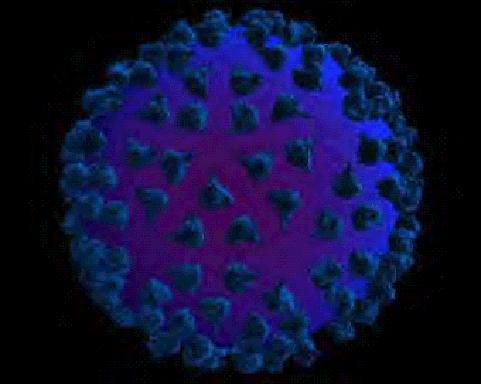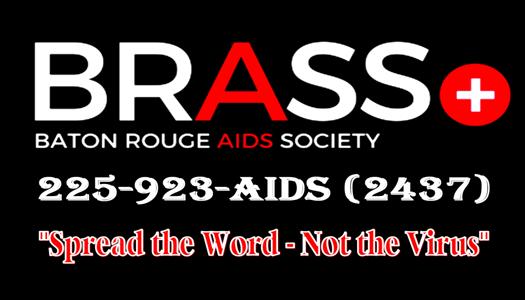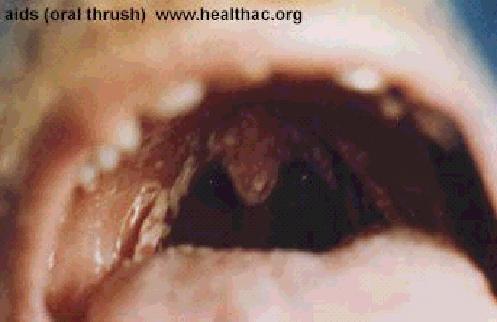|
WHAT
ARE HIV AND AIDS?
HIV is the virus that causes AIDS. It is the Human Immunodeficiency Virus.
Usually a person has the virus for months or years before any signs of illness appear. It slowly weakens the body's ability
to fight off illness. People with AIDS can have serious infections and cancers. These illnesses make them very sick and can
eventually kill them.
HISTORY OF HIV/AIDS
1981
About
401 cases of this new syndrome were reported in the U.S. The first working name for the epidemic was Gay Related Immune Deficiency
(GRID). At this stage, the scientific evidence was missing to identify the infectious agent and to verify the transmission
routes.
1987
AZT was licensed by the FDA as the first drug to combat HIV directly.
1991
In November, Magic Johnson announced that he was infected with HIV.
1994
A clinical trial on the use of AZT showed that prenatal HIV transmission from mother to child could be greatly reduced.
1995
The FDA offered preliminary approval to Saquinavir, the first of a new class of antiretroviral
drugs called protease inhibitors. Trials were instituted to test “cocktail” (combinations of different classes
of drugs) approaches to treatment.
1996
The FDA recommended that blood banks and plasma
centers add a test for the p24 antigen. Oral fluid testing using EIA and Western Blot methods was approved by the FDA. 1998
Baton Rouge AIDS Society was founded as the first minority AIDS Servicing Organization in the Greater Baton Rouge Area.
As a Testing and Training Center, BRASS has served over 3,000 people each year that it has been in operation.
COMMON MISPERCEPTIONS ABOUT HIV TRANSMISSION
Kissing! Because of the potential
for contact with blood during “French” kissing, the CDC recommends against engaging in this activity with a person
known to be infected.
Saliva! Saliva, tears and sweat – HIV has been found in saliva and tears in very low
quantities from some AIDS patients. It is important to understand that finding a small amount of HIV in a body fluid does
not necessarily mean that HIV can be transmitted by that fluid.
Insect! Unlike yellow fever and malaria, HIV doesn’t
live for long periods of time or reproduce inside the insect. Furthermore, a mosquito does not inject its own or a previously
bitten person’s blood when it bites someone.

How
Does Someone Get HIV?
HIV spreads through blood, semen, vaginal fluids or breast milk from infected
people to uninfected people. People get HIV from contact with these fluids. Contact can come from unsafe sex. It can also
come from sharing used needles and syringes. Infected women can pass the virus to their babies during pregnancy, childbirth
and breast feeding. Some people who received blood products from 1978 to 1985 received infected blood. Now blood banks test
all blood for HIV before they use it.
People do not become infected with HIV through everyday casual contact with
people at school, work, home or anywhere else. The virus is not spread from contact with sweat, tears, saliva, or a casual
kiss from an infected person (deep, or "French" kissing is not advised). Nor can it be contracted from contact with
forks, cups, clothes, phones, toilet seats or other things used by someone who is infected with HIV. People do not become
infected from eating food made by an HIV-infected person. And to date, people have not become infected with HIV through insect
bites.
|

Over
time, HIV weakens the immune system by infecting and killing certain white blood cells. In the latter stage of the virus,
after the immune system is significantly weakened, people with HIV get one or more "opportunistic" infections.
Magic Johnson has become an unofficial spokesman for this disease. A vigorous and healthy man living with HIV, he
got infected through heterosexual intercourse.
It often takes many, many years for somebody infected with HIV
to have their immune system weakened to the point where these opportunistic infections (and unusual cancers) can occur.
Once somebody begins to get these infections, they are said to have AIDS.
The disease was first defined by the
CDC (Centers for Disease Control & Prevention) in 1981. It is estimated that over a million Americans are
infected with HIV (one in every 250 people). Over 20 million people are infected worldwide. In some areas of Africa,
1 out of every 2 people have HIV!
Early HIV diagnosis and entry into health care system have both individual and
societal benefits: improved health and productivity, reduced hospitalization costs, and decreased transmission from persons
who do not know their HIV status. First, those who learn of their infection can take steps to avoid infecting others.
Second, early treatment with new anti-viral medicines can slow the progression of the disease. Third, many of the opportunistic
diseases can be prevented before they occur by using antibiotics and other medicines.
Though excellent and continually
improving treatment is prolonging life and slowing the course of this disease, HIV infection is still considered to be nearly
100% fatal (even the Ebola virus isn't that vicious)!
WHAT
ARE SOME OF THE SYMPTOMS?
Flu-like symptoms (fever, chills, feeling lousy, swollen glands, etc.).
These symptoms go away, and most people have no idea they have this infection until they are diagnosed with a blood test or
they develop an opportunistic infection or unusual cancer.
The most common opportunistic infections include, Candida
albicans (caused by a fungus) throat and body infection, Pneumocystis carinii (caused by a bacteria) pneumonia, Toxoplasmosis
(caused by a fungus) brain infection, Cryptococcus (fungus) brain and body infection, Tuberculosis (bacteria) lung and body
infection, Cytomegalovirus (CMV, virus) eye and body infection. The most common cancer associated with AIDS is called Kaposi's
sarcoma. Many other infections (such as Herpes, HPV, Streptococcal pneumonia, and Salmonella) occur in people with AIDS.
Coughing, shortness of breath, seizures, mental symptoms
such as confusion and forgetfulness, severe and persistent diarrhea, fever, vision loss, severe headaches, weight loss, extreme
fatigue, nausea, vomiting, lack of coordination, coma, abdominal cramps, difficult or painful swallowing, sore throat, swollen
lymph glands, mouth ulcers in the genital ulcers, headache, sweats, persistent or frequent yeast infections (oral or vaginal),
persistent skin rashes or flaky skin, pelvic inflammatory disease, severe herpes infections causing mouth, genital or anal
sores or a painful nerve disease.

"ORAL THRUSH!"
MORE ABOUT SYMPTOMS?
Children with AIDS are prone to the same opportunistic infections
as adults, but as well experience severe forms of bacterial infections such as: conjunctivitis (pink eye), ear
infections, tonsillitis, delayed development or failure to thrive.
About 1 in 100 HIV infected persons is a so-called long-term
non-progressor, meaning that they have been infected for up to 20 years and still have a normal CD4 count and low viral load,
showing the virus has caused little damage so far.
1 out of every 10 people
who are infected with HIV knows that they are infected.
|